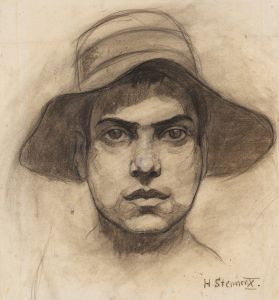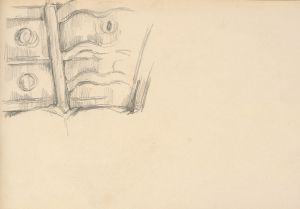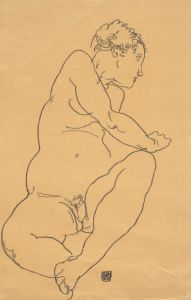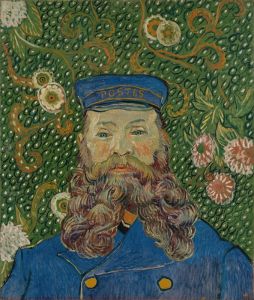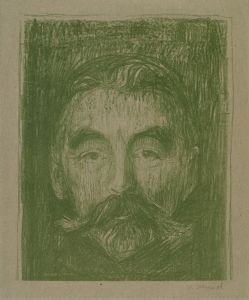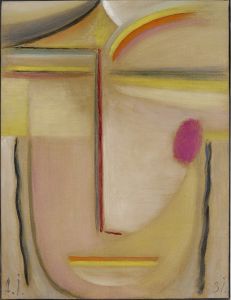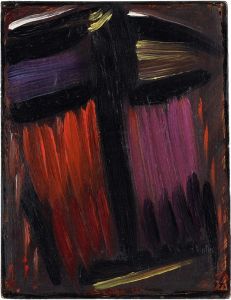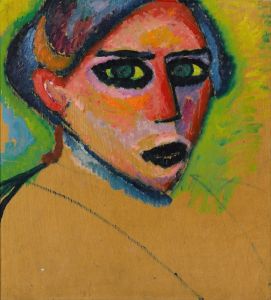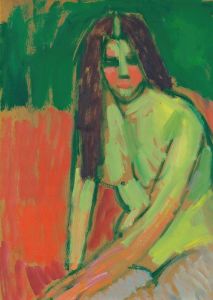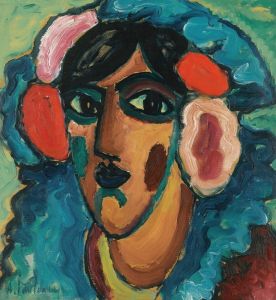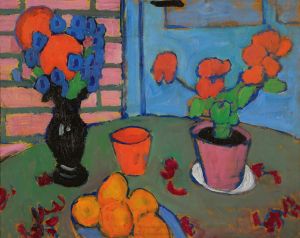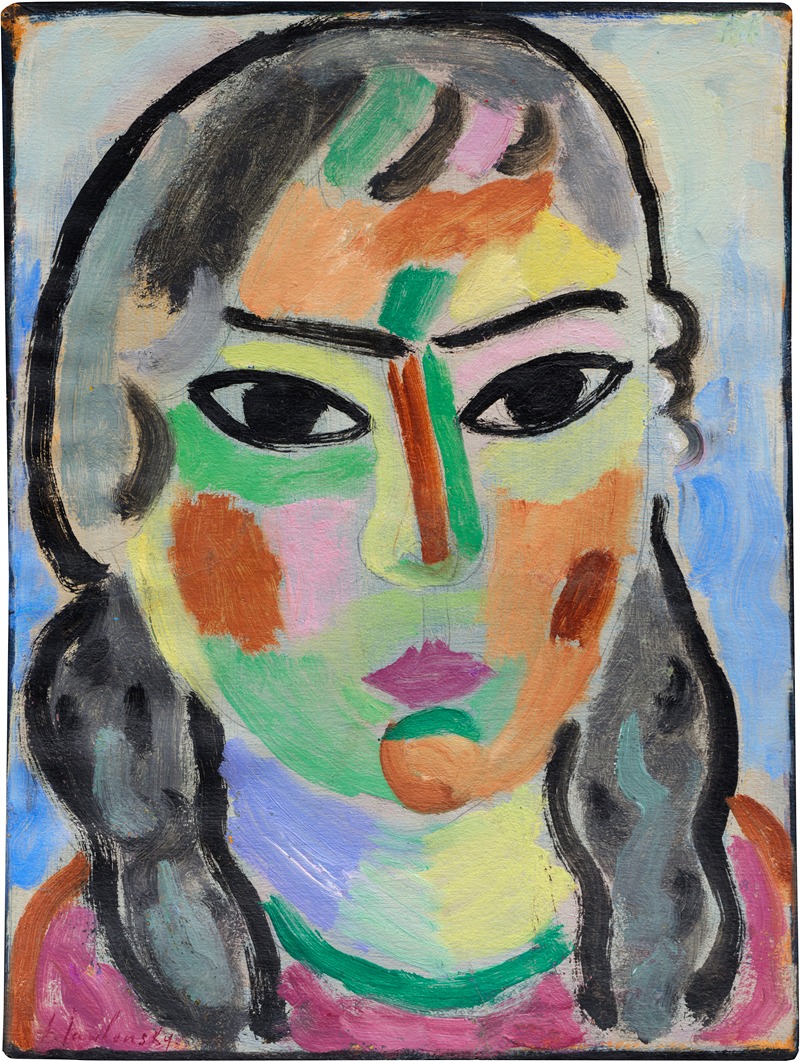
Mädchen
A hand-painted replica of Alexej von Jawlensky’s masterpiece Mädchen, meticulously crafted by professional artists to capture the true essence of the original. Each piece is created with museum-quality canvas and rare mineral pigments, carefully painted by experienced artists with delicate brushstrokes and rich, layered colors to perfectly recreate the texture of the original artwork. Unlike machine-printed reproductions, this hand-painted version brings the painting to life, infused with the artist’s emotions and skill in every stroke. Whether for personal collection or home decoration, it instantly elevates the artistic atmosphere of any space.
Alexej von Jawlensky (1864–1941) was a Russian expressionist painter who became a prominent figure in the early 20th-century art movements in Europe. His works are characterized by bold colors, simplified forms, and a focus on emotional and spiritual expression. Among his many paintings, Mädchen (translated as "Girl" in English) is one of his notable works.
Mädchen is an example of Jawlensky's exploration of portraiture, a genre he frequently revisited throughout his career. The painting reflects his interest in capturing the essence of his subjects through vibrant colors and stylized forms rather than adhering to strict realism. Jawlensky was influenced by movements such as Fauvism and Expressionism, and his works often exhibit a synthesis of these styles. The use of strong, contrasting colors and simplified shapes in Mädchen demonstrates his commitment to conveying emotional depth and inner life.
Jawlensky's artistic development was shaped by his interactions with other avant-garde artists of his time. He was associated with the Blue Rider (Der Blaue Reiter) group, which included artists like Wassily Kandinsky and Franz Marc. This group emphasized the spiritual and emotional power of art, which is evident in Jawlensky's works, including Mädchen. His portraits often transcend individual likeness, aiming instead to evoke universal human emotions and spiritual resonance.
The exact date of creation for Mädchen is not always specified in available records, but it likely falls within the period when Jawlensky was deeply engaged in portraiture, particularly in the early 20th century. During this time, he developed a distinctive style that combined elements of abstraction with figurative representation. His works from this period often feature bold outlines, flattened planes, and a focus on the interplay of color and form.
Mädchen is part of Jawlensky's broader body of work that includes numerous portraits of women, children, and abstracted faces. These works are often seen as meditative studies of human expression and spirituality. While specific details about the subject of Mädchen are not widely documented, the painting exemplifies Jawlensky's ability to distill complex emotions into simplified, yet powerful, visual forms.
Today, Jawlensky's works, including Mädchen, are held in various public and private collections around the world. They continue to be celebrated for their innovative approach to color, form, and emotional expression, securing his place as a key figure in modern art history.





